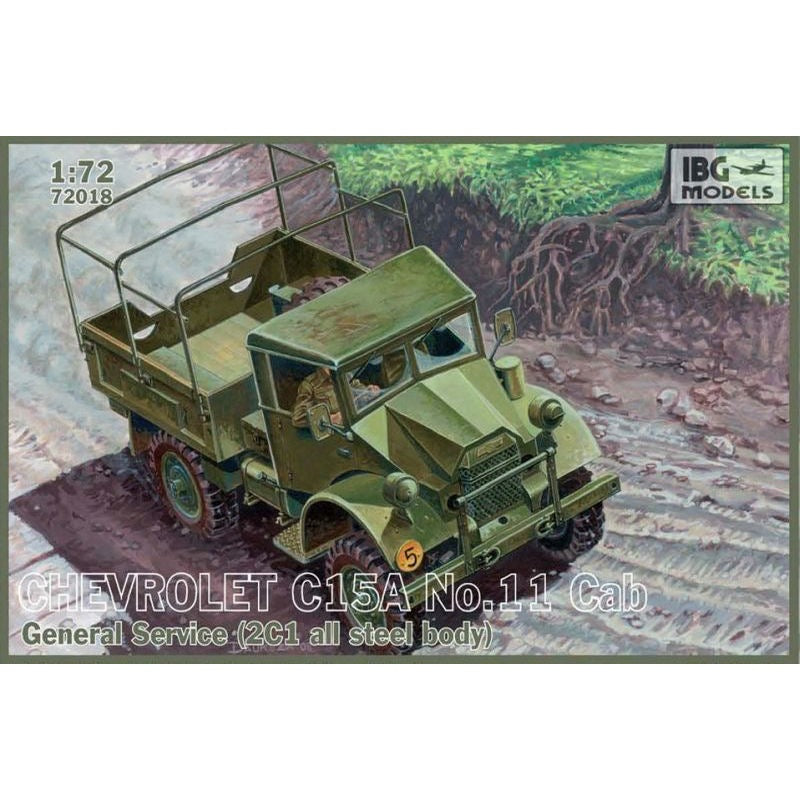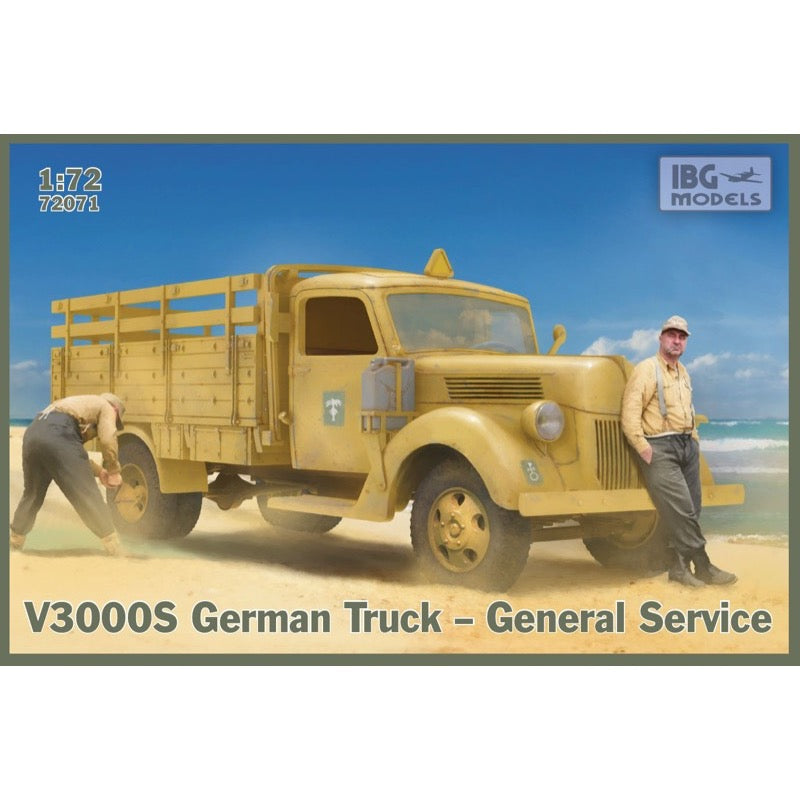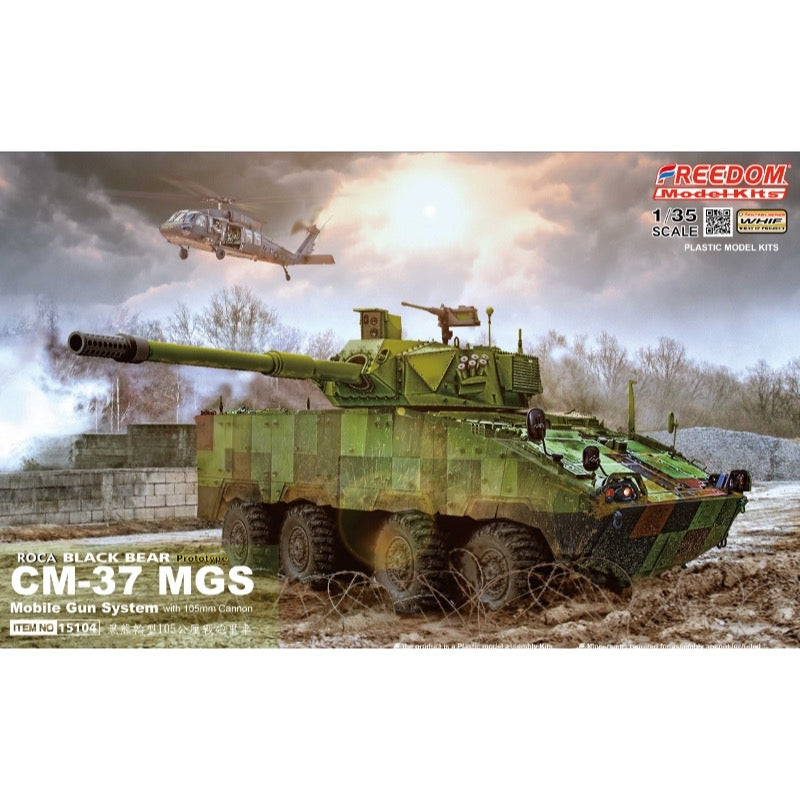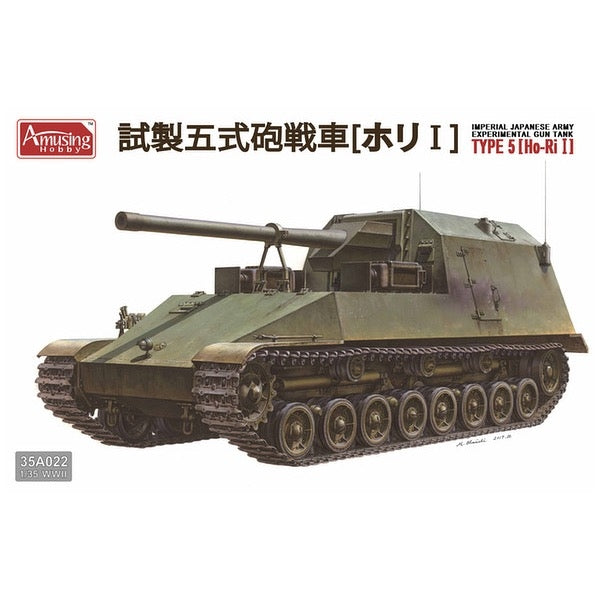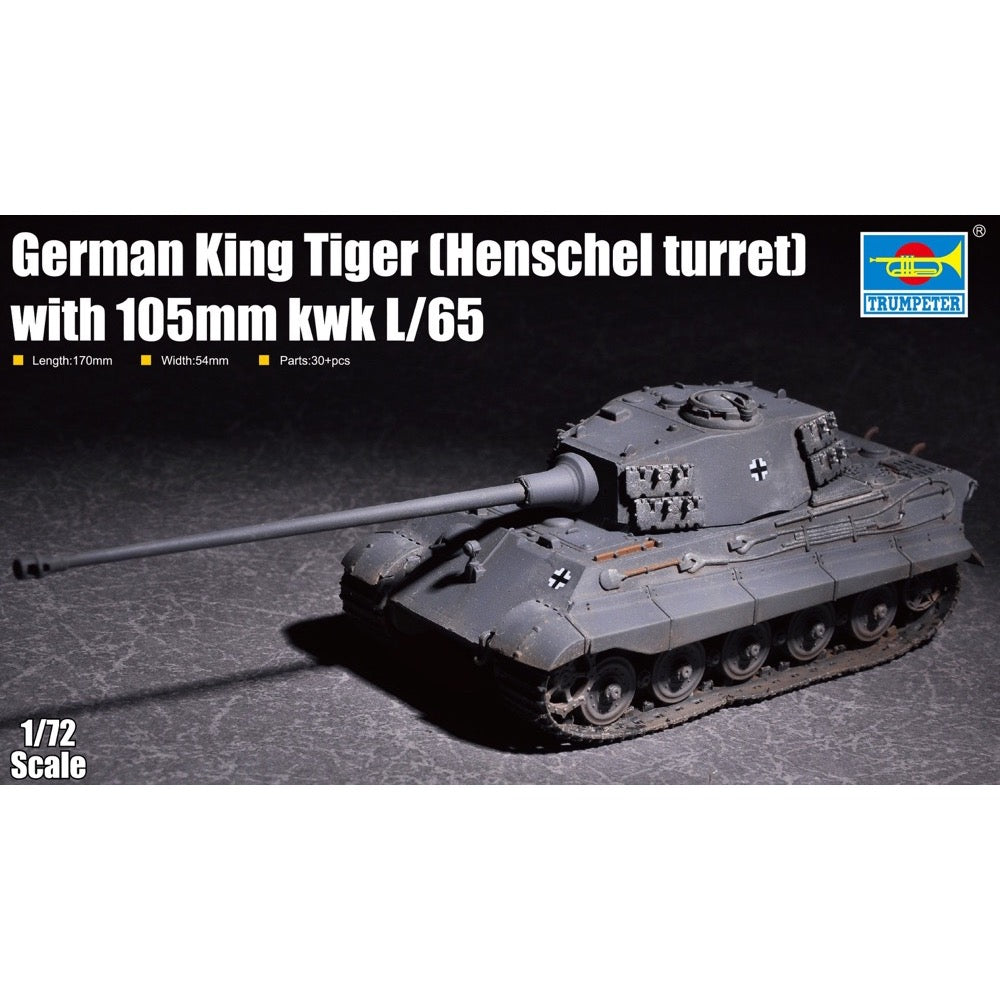
Trumpeter 07160 1/72 German King Tiger Henschel Turret with 105mm kWh L/65
11.00
$
The Tiger II is a German heavy tank of the Second World War. The final official German designation was Panzerkampfwagen Tiger Ausf. B, often shortened to Tiger B. The ordnance inventory designation was Sd.Kfz. 182. It is also known under the informal name “Königstiger” (the German name for the Bengal tiger), often translated literally as Royal Tiger, or somewhat incorrectly as King Tiger by Allied soldiers, especially by American forces.<br>The Tiger II was the successor to the Tiger I, combining the latter’s thick armour with the armour sloping used on the Panther medium tank. The tank weighed almost 70 tonnes, and was protected by 100 to 185 mm (3.9 to 7.3 in) of armour to the front.<br>The Tiger II was issued to heavy tank battalions of the Army and the Waffen-SS. It was first used in combat with 503rd Heavy Panzer Battalion during the Allied Invasion of Normandy on 11 July 1944; on the Eastern Front, the first unit to be outfitted with Tiger IIs was the 501st Heavy Panzer Battalion, which by 1 September 1944 listed 25 Tiger IIs operational. Krupp proposed mounting a new main weapon, the 10.5 cm Kwh L/65. It was not supportive of this as the Heer had not accepted the cannon itself. Other suggested improvements included stabilised sights, a stabilised main gun, an automatic ammunition feed, a Zeiss stereoscopic range finder, heated crew compartment, stowage for an additional 12 rounds, and an overpressure & air filtration system to protect against poison gas. However, these also never got beyond the proposal stage or did not enter production before the war ended.<br>
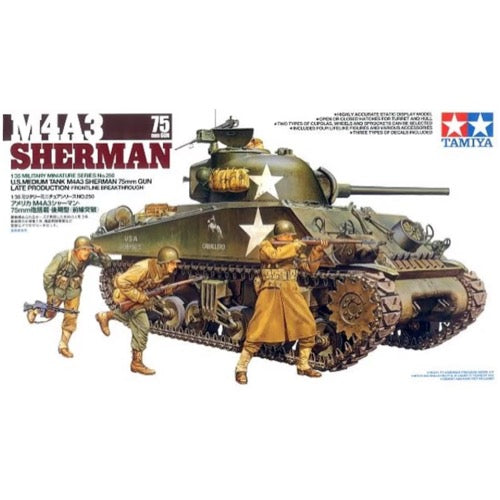
Tamiya 35250 1/35 M4A3 Sherman 75mm Gun Late
20.00
$
<p><strong>Frontline Breakthrough!</strong></p>
<p>It was late 1944 and Germany was clearly losing the war. Russia was closing in on the Eastern front while American bombing raids were devastating German cities. Italy had been liberated and the Allies were quickly moving through France and the Low Counties. The end looked near for Germany unless they could succeed in a great offensive push, which is exactly what they attempted. On Dec 16, 1944, an American sentry reported countless "pinpoints of light" flickering along the German line. Seconds later, shells exploded around him and he realized that the lights were the muzzle flashes of hundreds of German guns. A massive German counteroffensive was underway along the 85-mile Ardennes front. In the north, the Sixth Panzer Army struck the U.S. 99th and 2nd Divisions. In the center, the fifth Panzer Army hit the 106th Division, the 14th Cavalry Group and part of the 28th Division. In the South, the Seventh Army clashed with the U.S. 4th, 9th and 28th Armored Divisions. Although the Allies were initially sent reeling, courageous troops and rugged armor such as the Sherman tank eventually turned the tides of battle. The representative version of this tank was the 75mm gun-equipped M4A3 Sherman, which was housed a V8 450hp Ford engine. The late production version first rolled out of the factories in February 1944 with an angled front hull and 63.5mm armored plate. To the turret, a cupola for the commander and hatch for the loader were added. This version was also equipped with wet ammo storage bins, which helped prevent internal fires, a weakness of earlier Shermans.</p>
<p><strong>Midst-of-Battle Figures Bring Set to Life!</strong></p>
<p>Any number of exciting dioramas is made possible with this M4A3 Sherman tank and 3 infantrymen set. These figures wear late WWII winter uniforms overflowing with rich detail. Use this set in combination with any US vehicle set such as the M8 Greyhound or 2.5ton 6X6 Cargo Truck for an authentic 1/35 scale diorama.</p>
<h3>Features</h3>
<ul>
<li>Plastic assembly model kit based on the main tank of the WWII U.S., the M4 Sherman.</li>
<li>Overall length: 172mm, overall width: 76mm. The smooth form of the cast turret with 75mm gun and welded hull of this late production M4A3 tank overflow with realism.</li>
<li>Two kinds of commander's cupolas; loader's hatch and other hull and turret hatches can be modeled in the open or closed position.</li>
<li>Two kinds of road wheels and sprockets can be selected; rubber padded tracks also included.</li>
<li>Three crewman and one tank commander in realistic poses bring an air of excitement to the kit. Included equipment includes ammunition boxes, tripod, ration boxes, and much more.</li>
<li>Three types of decals included.</li>
</ul>
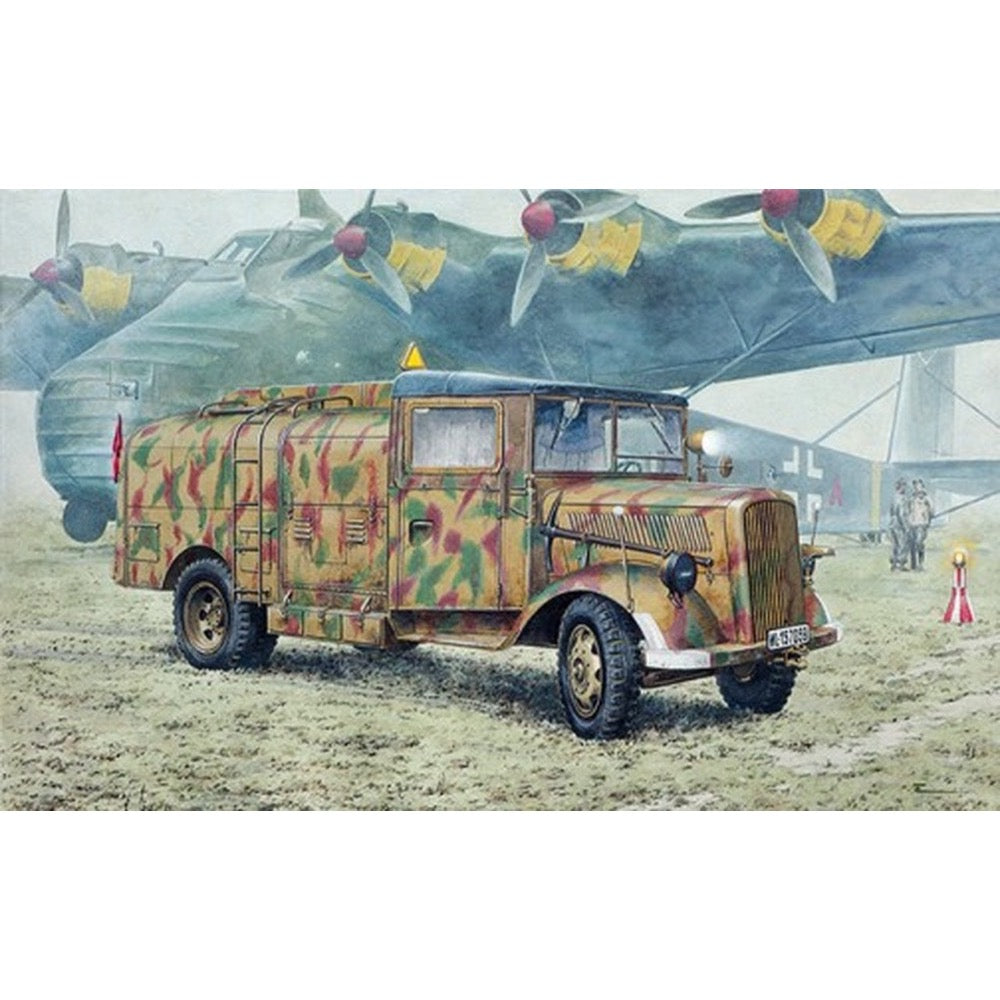
Roden 730 1/72 Opel Blitz Kfz.385 Tankwagen
7.00
$
<p>The Opel Blitz truck was one of the most numerous and widespread in the German army and at the same time one of the best known types of vehicle of World War II. During its years of construction from 1937 to 1944 no fewer than 82,000 units were built. In the course of its many years of active service, apart from the basic cargo version, dozens of different specialized variants were developed utilizing the basic truck chassis, including even such exotic types as a hot air blower for use with equipment in winter time, mobile bath units, hairdressing vehicles, etc. However besides the classic truck, one of the most prominent and familiar types was the aviation fuel servicing truck, the Flugbetriebsstoff Kessel-Kraftwagen (Kfz.385), which was widely used in all theaters from North Africa to the Eastern Front.</p>
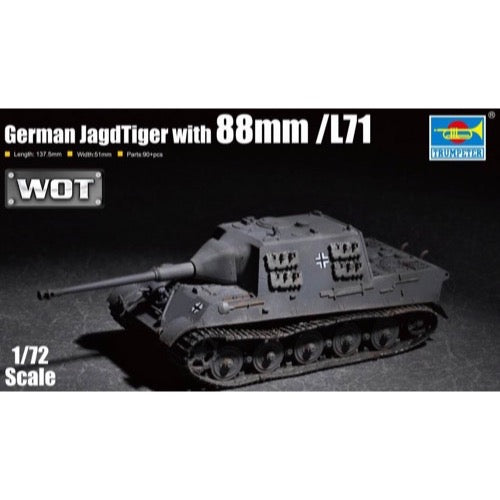
Trumpeter 07166 1/72 German JagdTiger with 88mm /L71**
11.00
$
<p>Trumpeter 1/72 German JagdTiger with 88mm /L71</p>
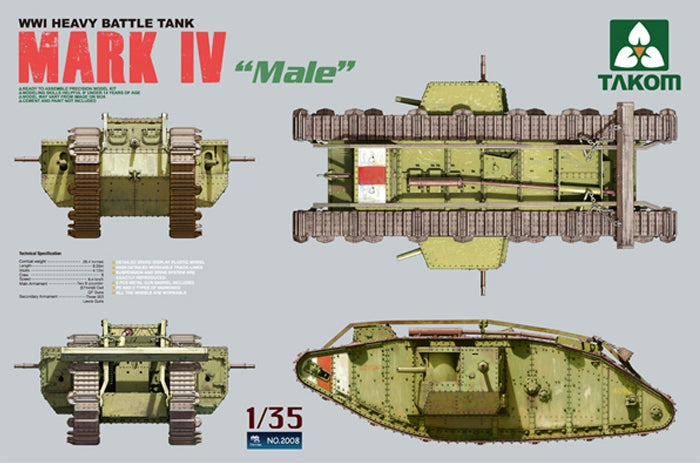
Takom 2008 1/35 WWI Heavy Battle Tank Mk.IV Male
33.00
$
<p>British heavy tanks are distinguished by an unusual rhomboidal shape with a high climbing face of the track, designed to cross the wide and deep trenches prevalent on the battlefields of the Western Front. Due to the height necessary for this shape, an armed turret would have made the vehicle too tall and unstable. Instead, the main armament was arranged in sponsons at the side of the vehicle.</p> <p>High quality, precision plastic model kit. Paint and glue not included. Requires assembly and painting. For intermediate to advanced skill modellers.</p>
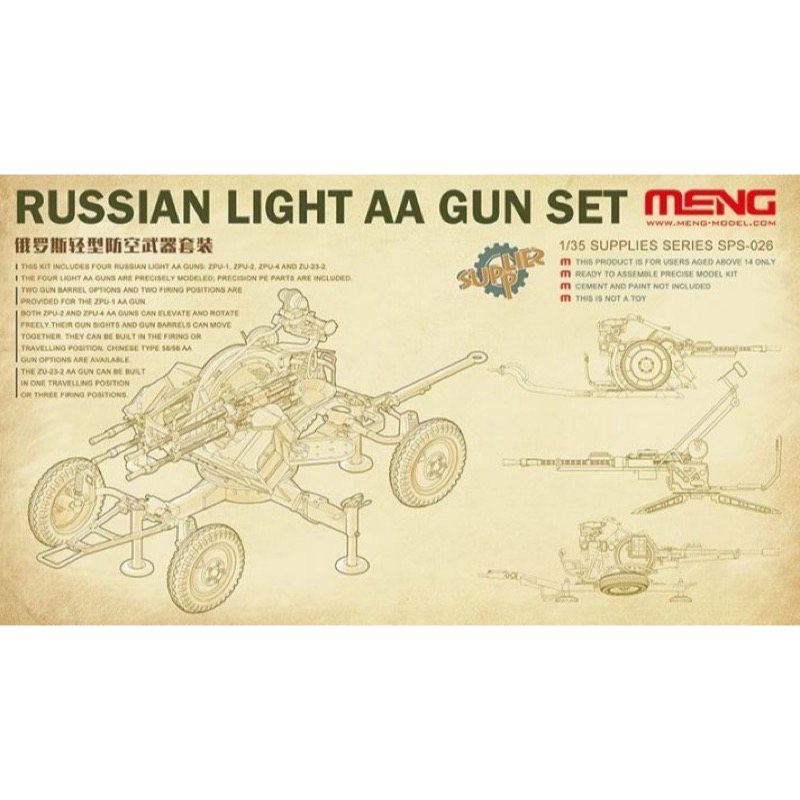
Meng SPS-026 1/35 Russian LGT AA Gun Set*
22.00
$
<p>Even during WWI the Russians realized mobile antiaircraft guns would be a way of life in the future. Prior to WWII they created a very handy pair of light automatic guns, the 25mm and the 37mm, similar in design to the Bofors 40mm guns.</p>
<br>
<p>At the same time, they had created the 14.5 x 114 mm cartridge for their new light antitank rifles, the PTRD and PTRS, which went into service in 1941. These rifles were great for anti-material engagements and could even penetrate 32mm of armor at 500 meters, which made them lethal to early war German tanks and even later SP guns.</p>
<br>
<p>Near the end of the war, the Soviets decided in 1944 to see if they could turn this into a machine gun round and use it for light antiaircraft duties. The weapon of choice turned out to the KPV heavy machine gun which came out in 1949. This fired the powerful B-32 AP round out to 3000 meters in ground use and 2000 meters in antiaircraft use, and was lethal to whatever it hit as it was twice as powerful as the US M2HB’s 12.7 x 99 mm round.</p>
<br>
<p>They were produced by the thousands and also by other countries such as China. They remain in service to this day and were until recently the primary armament of the Soviet eight-wheel armored personnel carriers. The weapons are popular in the third world for their light weight, hitting power and mobility when mounted in light trucks as “technical” vehicles.</p>
<br>
<p>But even with the advent of an explosive round the Soviets sought more lethal effects against aircraft. This resulted in adapting their popular 23mm aerial cannon to ground use in 1955 and in 1960 the new weapon came out as part of two new weapons systems - the light towed ZU-23-2 and the self-propelled ZSU-23-4 with water cooling for longer engagements and a radar system. The ZU-23-2 has been upgraded with newer fire controls and also attached light MANPADS missiles for increased firepower but the basic gun is still popular and made worldwide.</p>
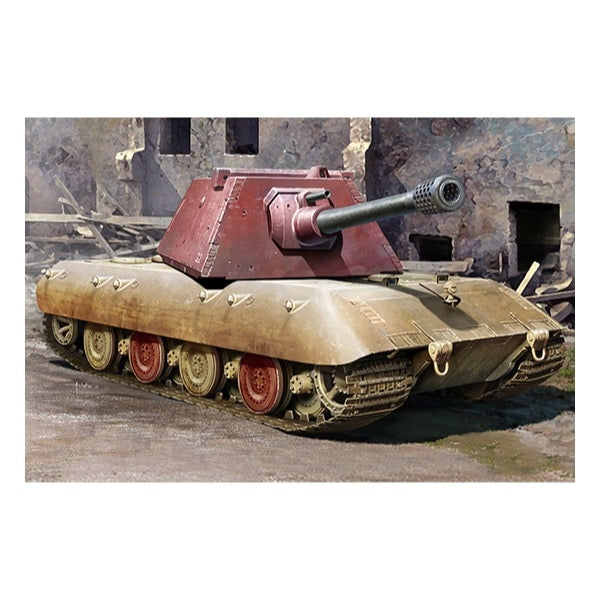
Trumpeter 09543 1/35 E-100 Heavy Tank Krupp Turret
29.00
$
<p>The development of the E-100 began in June 1943 and was developed by Adora Company. In 1944, the factory only produced the body part of the prototype, and the turret part was not completed. In 1945, the car of this prototype fell into the hands of the Allies and was transferred to the United Kingdom in June 1945 .</p>


